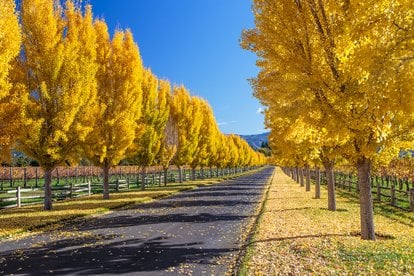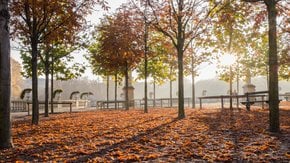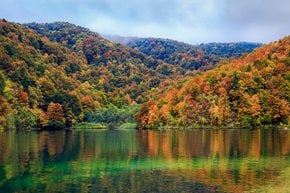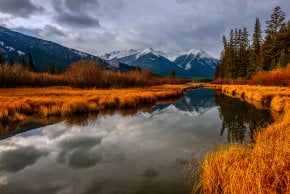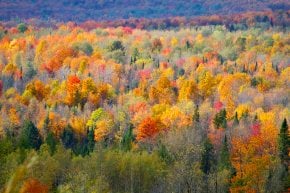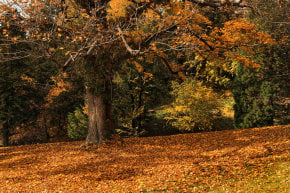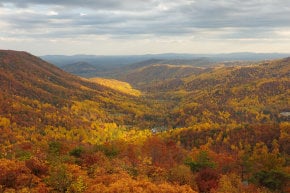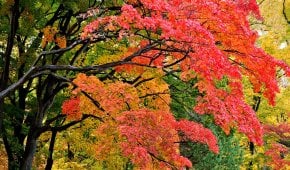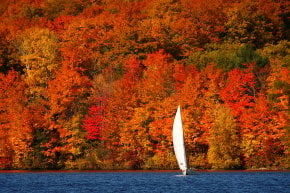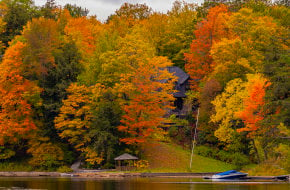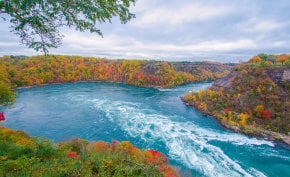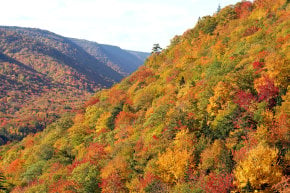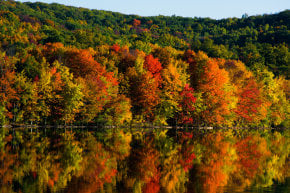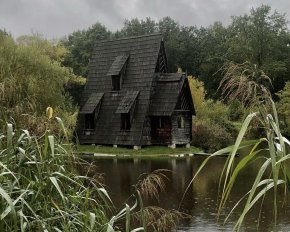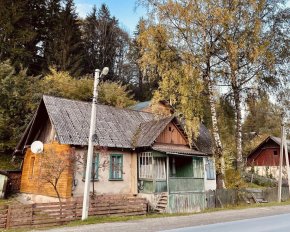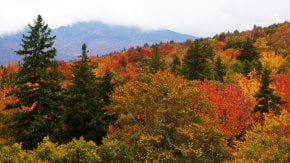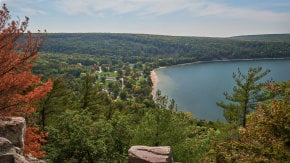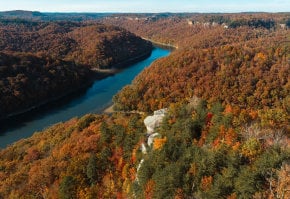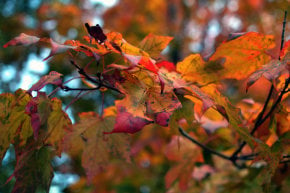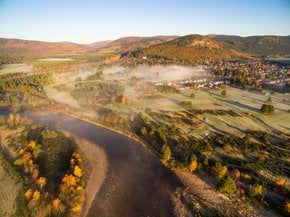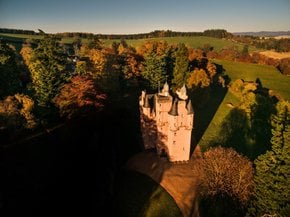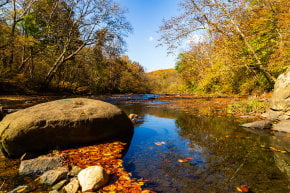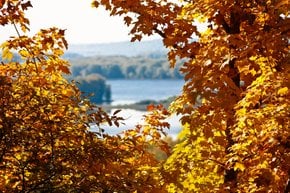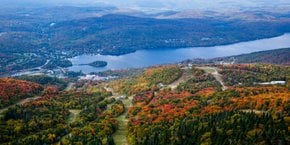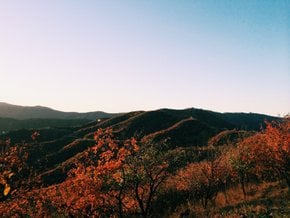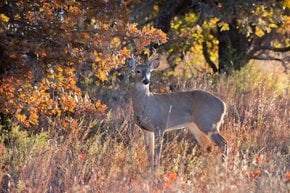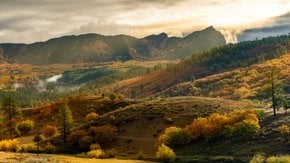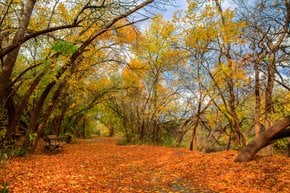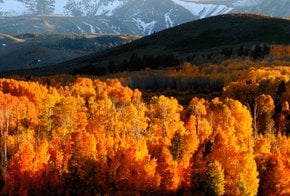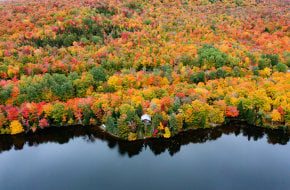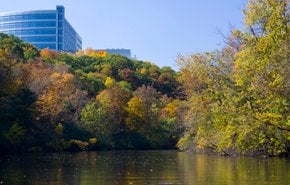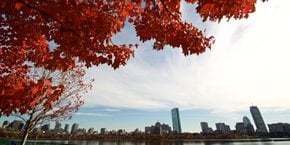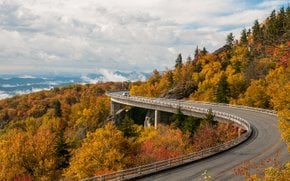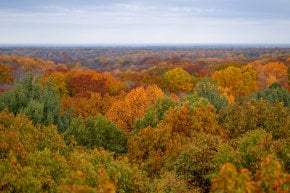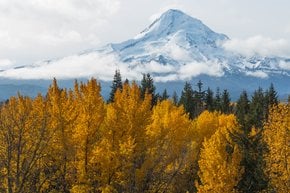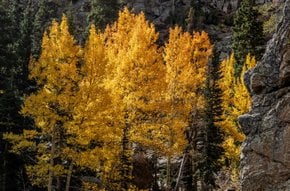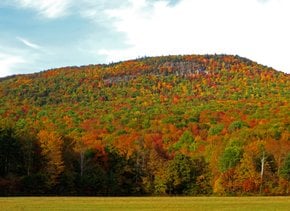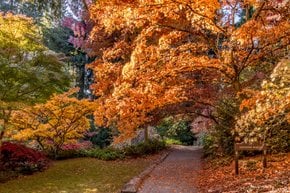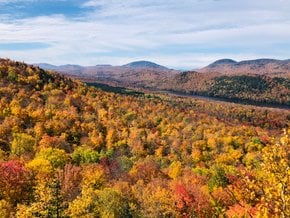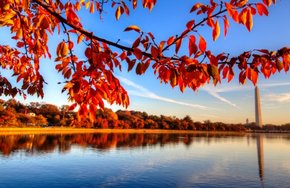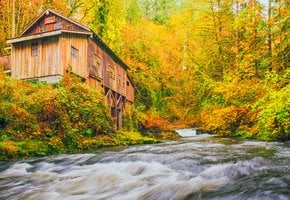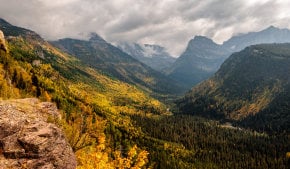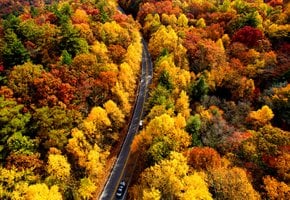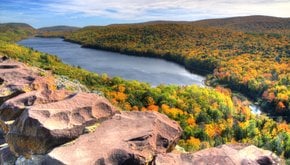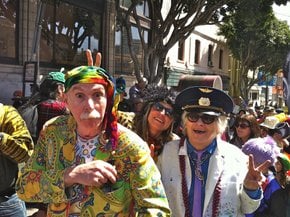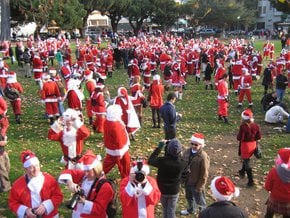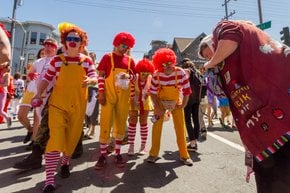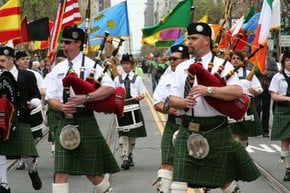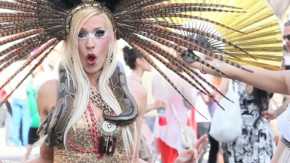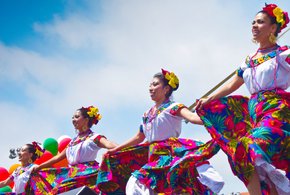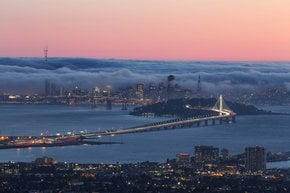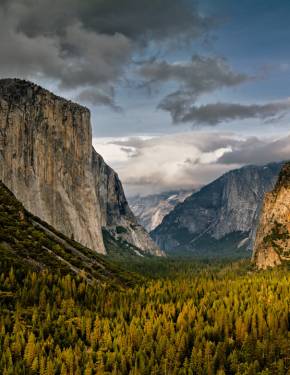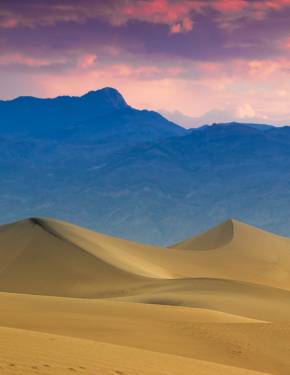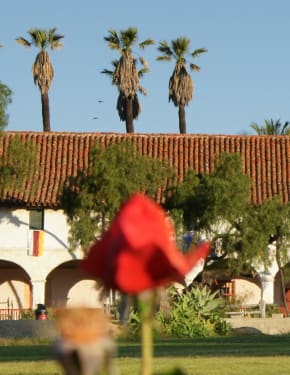Fall Stinko Ginkgo in San Francisco 2025-2026
Yellow fruit of ancient ginkgo trees: aromatic or stinky – you are to decide
Best time: October–December
San Francisco, known for its iconic landmarks and vibrant neighborhoods, is also home to a remarkable array of ginkgo trees. These ancient trees, with their distinctive fan-shaped leaves and historical significance, offer a unique glimpse into the natural world that dates back millions of years.
The "Stinko Gingko" Phenomenon
Strolling through the streets of San Francisco between October and December, you might encounter the distinctive odor of a female ginkgo tree. Often referred to as "stinko ginkgo," these trees produce yellow, plum-like fruits that emit a strong, unpleasant smell when they fall to the ground. Despite the off-putting odor, the seeds inside the fruit are edible once the malodorous seedcoat is removed, adding an element of intrigue to these ancient trees. While many find the smell disagreeable, others may be fascinated by the rarity and uniqueness of encountering such a tree.
The Ancient Ginkgo Tree: A Living Fossil
Ginkgo trees are often referred to as "living fossils" due to their long evolutionary history, dating back to the Permian Period, about 298-250 million years ago. These trees have survived major climatic shifts and mass extinctions, remaining relatively unchanged over millions of years. Their resilience and longevity make them a fascinating subject for both botanists and casual nature enthusiasts.
Locations and Notable Sightings
One of the most notable features of ginkgo trees is their bright yellow foliage in the fall. This vivid display can be seen in various parts of San Francisco, making autumn a particularly beautiful time to explore the city's ginkgo-lined streets. However, female ginkgo trees are rare due to their smelly fruit; city authorities generally encourage the planting of male ginkgos to avoid the odor issue. Here are some locations where you can find ginkgo trees, including some female ones: Mission District: 3371 21st Street, 3386 22nd Street, 845 Guerrero Street (on the Liberty Street side). Nob Hill: 1351 Clay Street. Castro District: 278 Eureka Street, 592 Sanchez/19th Street. Telegraph Hill: 520-522 and 572 Greenwich Street. Dogpatch: 654 Minnesota Street. Peralta Heights: 366 Montcalm Street. Cole Valley: 1044 Shrader Street. Cow Hollow: 2860 Union Street.
Visiting Tips and Considerations
When visiting ginkgo trees in San Francisco, especially during the fall, be prepared for the pungent odor of the female trees' fruit. Despite this, the sight of the golden leaves is well worth the experience. If you plan to explore these trees, consider visiting the locations mentioned above. Additionally, check local resources like the City and County of San Francisco website for updates on urban forestry and ginkgo tree locations.
Urban Adaptation and Conservation
Ginkgo trees thrive in urban environments, making them popular choices for city landscaping. Their resistance to pollution, pests, and diseases allows them to flourish in places like San Francisco. Most ginkgo trees planted in urban areas are male to avoid the issue of unpleasant fruit. Nonetheless, some female trees have made their way into the cityscape, often by mistake, and they are typically removed once identified.
Historical Significance and Cultural Impact
Ginkgo trees hold a special place in various cultures, particularly in Asia where they are revered for their beauty and medicinal properties. In traditional Chinese medicine, ginkgo leaves are believed to improve memory and blood circulation. The trees are also a symbol of resilience and longevity, reflecting their ancient origins and survival through numerous eras of Earth's history.

